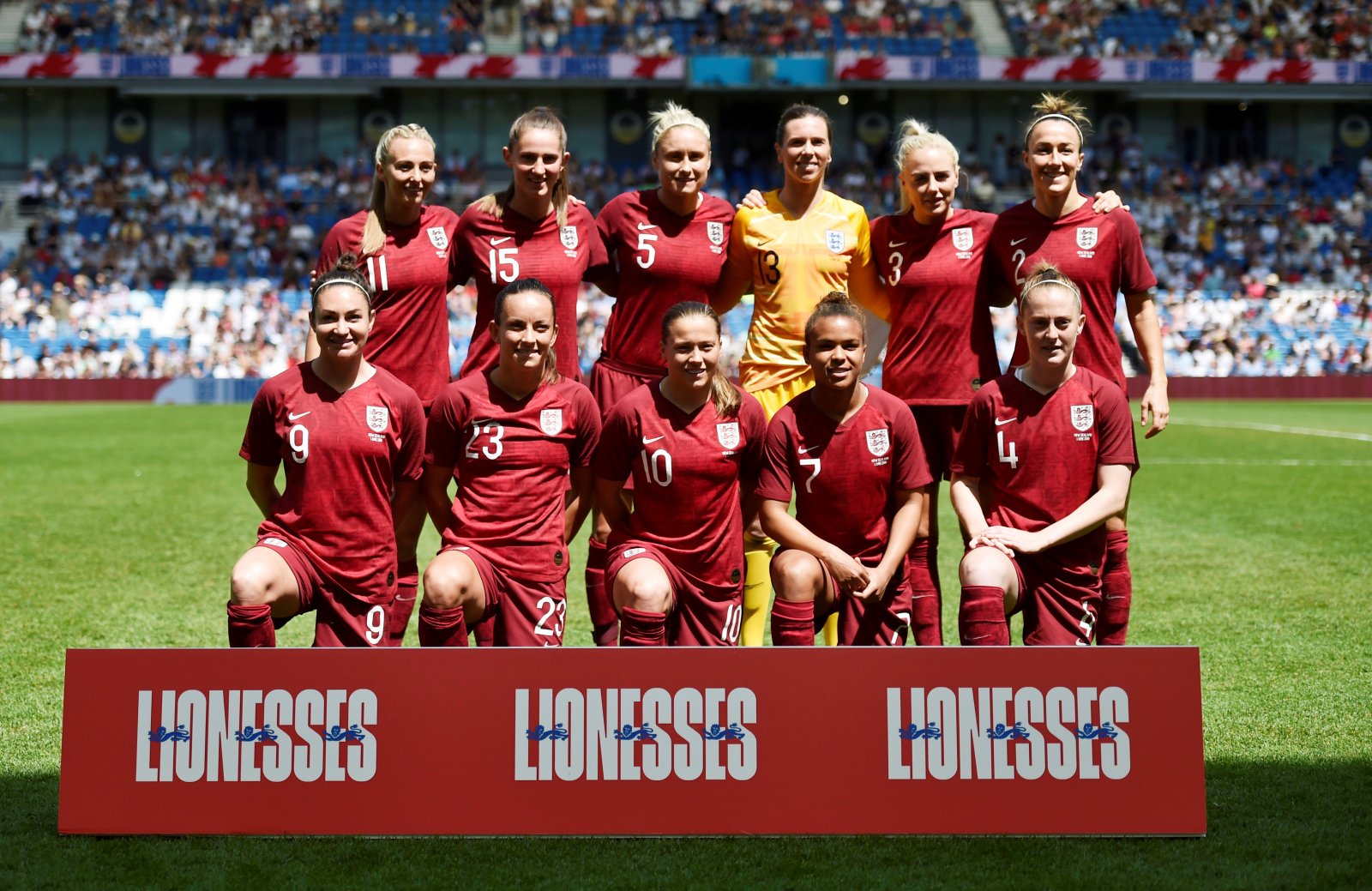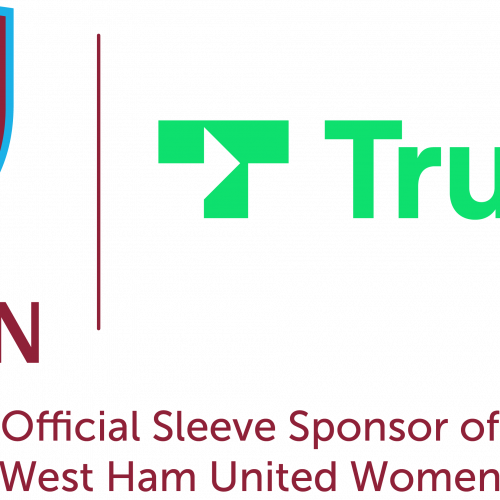The World Cup must act as a catalyst for women’s football to turn casual fans into passionate ones
The Women’s World Cup has finally arrived, and has certainly been the most hotly anticipated event in the women’s game to date. Over 45,000 fans were welcomed to a sold-out Parc des Princes to witness France’s emphatic victory over South Korea in the tournament’s opener.
Fifa have exhilarating plans for stimulating engagement over the course of the tournament; hoping to meet a target of 1.3 million spectators in France, and 1 billion television viewers.
Sara Booth, the head of women’s football competitions at Fifa, told The Drum, “Our first aim is that we want it to be the biggest and best ever. We know competitions drive development, so we hope that this competition and the success of the Women’s World Cup will help us achieve our participation targets.”
The tournament was achieving new milestones before the referee had even blown her whistle. The total prize money has doubled from last time, and Jamaica, Chile, Scotland and South Africa all made their World Cup debuts – something that has only fuelled the raw excitement surrounding the event.
While the tournament has been generating interest from all over the globe, data research company Nielsen conducted a report to determine the scale of global interest in women’s football. The report gathered research from 24 different countries and looked at the public’s interest in the women’s game.
The report concluded that there are 314 million people interested in women’s football worldwide, and in some of the countries competing at this year’s World Cup, 40% count themselves as interested in the tournament. An encouraging figure to say the least. The Telegraph also report that 16 million women around the world play football and “44% of Facebook conversations about football were driven by women.” Another promising statistic to note.
The key driver of the growth in the women’s game will arguably be the down to the rise of avid fans of the sport and not just those ‘followers’, or casual fans. It will be about growing fans with an emotional investment into the sport, and not just those with a passing interest.
In the build up to the World Cup, Toni Duggan gave an interview to The Guardian where she recalled a recent league game against title rivals Atletico Madrid.
“There’s a picture of me celebrating and behind me there’s actually a man putting one finger up,” she told journalist Suzanne Wrack. “I’m not promoting that or saying it’s a good thing but it kind of showed what it meant. You could feel the passion in the stadium that day. It was a real atmosphere, it was a massive game and it was only a league game.”
In order to grow the women’s game, those avid fans need to be encouraged to share that passion with other, more casual fans, to create the sort of atmosphere that Duggan talks about.
Take the men’s game as an example, where the instance of casual fans is on the rise. Real Madrid have yielded over 211 million followers across their primary social platforms (Facebook, Instagram and Twitter). Despite this, they have recently announced their lowest attendance figures for 18 years for the 18/19 season, with an average capacity of just 75% of their cavernous Santiago Bernabeu stadium. This highlights two important points – even if a club has a significant follower base, on social media or not, it doesn’t guarantee they have an audience of enthusiastic supporters, but also just how pivotal a role these avid fans can play in growing a club, or for that matter, a sport.
The World Cup has already soared to reach new-found levels of engagement, but in order for women’s football to benefit from similar levels of growth, the tournament should ideally act as a catalyst to grow a different type of fan base. That would open the door for the same level of interest to be channelled towards the start of the new Women’s Super League Season, the Champions League, the Euros.
We’ll soon see if the sport is successful in growing an audience of passionate fans whose affinity with players leads to following them in the club game, too.
See Twitter, Visa, Endeavor, Engine Sports and the Football Writers’ Association talk about next steps for the women’s football. Where should we be with the game and how do we get there? Join the conversation on July 11th at the offices of Howard Kennedy LLP.
About author
You might also like
Leeds United become first football club to sell official jerseys on TikTok
Leeds United is the first football club in the world to partner with TikTok to sell official merchandise and replica jerseys. Coinciding with the release of the new rhapsody purple,
Lewes FC Appoints Sue Anstiss To Its Board Of Directors
The Lewes FC Board is delighted to announce that it has co-opted Sue Anstiss as a Lewes FC Director. Sue has been a driving force for equality in sport for
Trustly extends partnership to become West Ham United Women’s Sleeve Partner
West Ham United is pleased to announce that Trustly has enhanced its relationship with the Club by becoming the Women’s Sleeve Partner. Trustly, the leading global account-to-account payments platform, became








